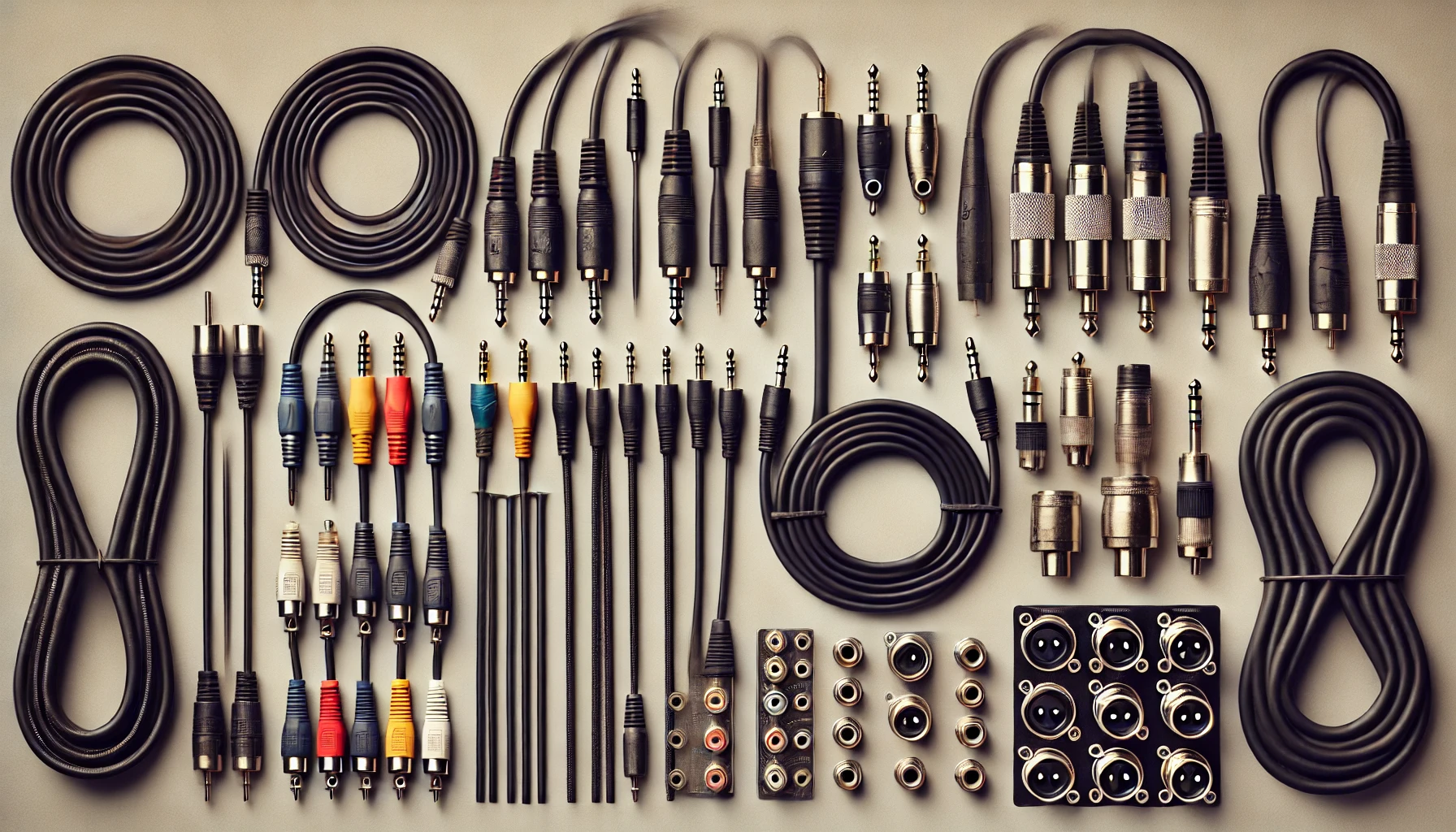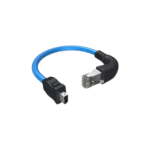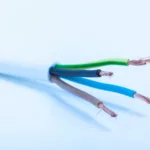
Introduction
Speaker and audio cables are the lifelines of any sound system. These seemingly simple wires play a significant role in delivering high-quality, clear, and rich audio from your source to your speakers. Understanding the intricacies of these cables and wires can significantly impact your listening experience. This article explains different aspects of a speaker and audio cable, exploring their types, functions, and critical factors that can influence their performance.
What is an Audio Cable? Understanding Its Significance
An audio cable is a specialised wire that transmits electrical signals representing sound between audio devices. Audio cables, also called audio leads, come in different types and materials and act as a bridge, connecting components like microphones, amplifiers, speakers, and music players to enable the flow of audio information. The significance of an audio cable lies in its capability to bridge the gap between technology and humans, transforming electrical signals into the music, voices, and sound effects we enjoy. Additionally, high-quality audio cables are designed to minimise signal loss and interference and provide clear, rich audio and sound production in various applications.
What are Speaker Cables? An Insight Into Their Importance
Speaker cables are essentially the wires that carry electrical signals from devices to power speakers and produce high-quality sounds you hear. These cables carry high-fidelity audio signals with minimal loss of quality. A speaker cable is significant due to its ability to preserve the integrity and purity of audio signals in high-end audio setups where precision is paramount. Additionally, high-quality speaker cables maintain the clarity, depth, and overall sound quality of the audio output, significantly enhancing the listening experience in professional audio setups.
Exploring the Most Common Types of Audio Cable
Audio cables can enhance the listening experience by bringing music, movies, and podcasts to life. Furthermore, they are classified into analogue and digital audio cables, each with distinct features and uses.
Analogue Audio Cables
Analogue audio cables carry sound using a continuous electrical voltage and come in the following types:
- RCA Cables – RCA cables are a staple in audio connections that connect various components like DVD players, TVs, and stereo receivers. They come in pairs, with one cable for the left audio channel and another for the right. While not balanced, RCA cables can still deliver good-quality sound if kept short and of decent quality.
- XLR Cables – XLR cables are a staple in professional audio setups due to their balanced connection, which minimises noise and interference. These cables are ideal for connecting microphones, mixers, and other audio equipment, especially over longer distances.
- TRS Cables – TRS (Tip-Ring-Sleeve) cables are versatile and can carry balanced audio signals, similar to XLR cables. They are often used for connecting headphones, instruments, and studio monitors. TRS cables come in different sizes, such as 1/4 inch and 1/8 inch, making them suitable for various applications.
Digital Audio Cables
Digital audio cables transmit audio as digital data and include:
- Optical Cables – Optical cables are primarily used for transmitting digital audio signals. They are immune to EMI (electromagnetic interference) and offer high-quality sound reproduction.
- USB Cables – USB cables are versatile cables primarily used for data transfer but can also carry digital audio, especially for computer-based audio setups. They come in varied thicknesses and lengths, with common connectors including Type A, Type B, Type C, and Micro-B.
- Coaxial Cables – Coaxial cables were initially designed to transmit analogue video signals but are now also used for digital audio. They feature a central conductor surrounded by an insulator, shielded by a metallic braid, and encased in an outer jacket.
- HDMI Cables – HDMI cables are primarily used for transmitting high-definition video and digital audio signals between devices. Moreover, they have a rectangular connector with 19 pins.
In addition to the above types, video cables come in a speaker cable and a microphone cable (mic cable), the latter featuring lower-quality components for budget microphones.
What are the Popular Types of Speaker Cables?
Speaker cables come in various types based on their wire configurations, connectors, conductor materials, and gauges. Among these, some popular types include:
- Standard Speaker Cables – Standard speaker cables are the most common type used in home audio systems. They typically consist of two insulated wires—positive and negative—designed to carry the audio signal from the amplifier to the speakers.
- Bi-Wire Speaker Cables – Bi-wiring involves using two sets of cables for a single speaker, which has separate terminals for the high and low frequencies. This setup can potentially reduce interference and improve sound clarity by isolating the frequencies.
- Bi-Amp Speaker Cables – Bi-amping takes bi-wiring a step further by using two amplifiers—one for the high frequencies and one for the low frequencies. This configuration requires bi-amp speaker cables, which are specially designed to carry separate signals to the corresponding drivers in the speaker.
Factors Influencing the Performance of Speaker and Audio Cable
The performance of speaker and audio cables can significantly impact the quality of the sound system. Here is a list of key factors that influence their performance:
- Cable Material
- Cable Gauge (thickness)
- Cable Length
- Shielding
- Connector Quality
- Capacitance and Inductance
- Insulation and Dielectric Material
- Cable Construction.
Final Thoughts
Speakers and audio cables are the fundamental components that bridge the digital world with the auditory experience. Audio cables transmit electrical signals from the source to the speakers, while speakers transform these signals into audible sound waves. However, the combination of well-matched speakers and high-quality audio cables is essential for unlocking the full potential of any audio system and delivering an enriching and captivating listening experience.





















